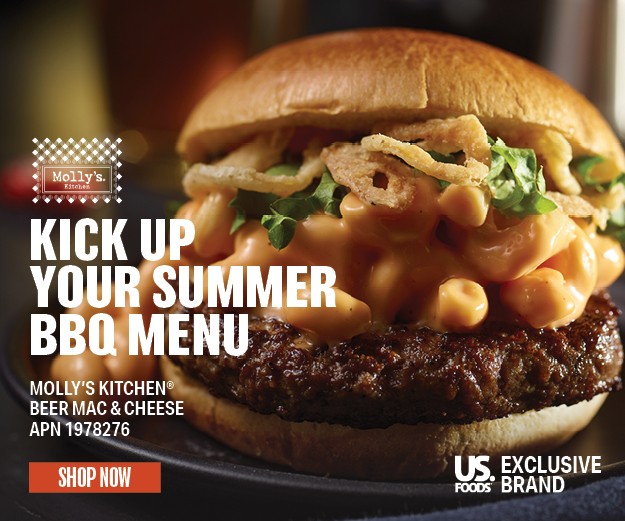INTERNATIONAL BARBECUE FLAVORS TRANSFORM AMERICAN BBQ
At one time, only regional barbecue styles were considered legit – be it Kansas City, Texas or North Carolina. But over the years, that's changed, as chefs meld the flavors of their background and international travels into tomato, mustard and vinegar bases, giving ribs, brisket and chicken a different twist. There's central Texas barbecue meets Mexican in Charleston, Middle Eastern and Indian barbecue in New York, and Laotian in Texas, just to name a few.
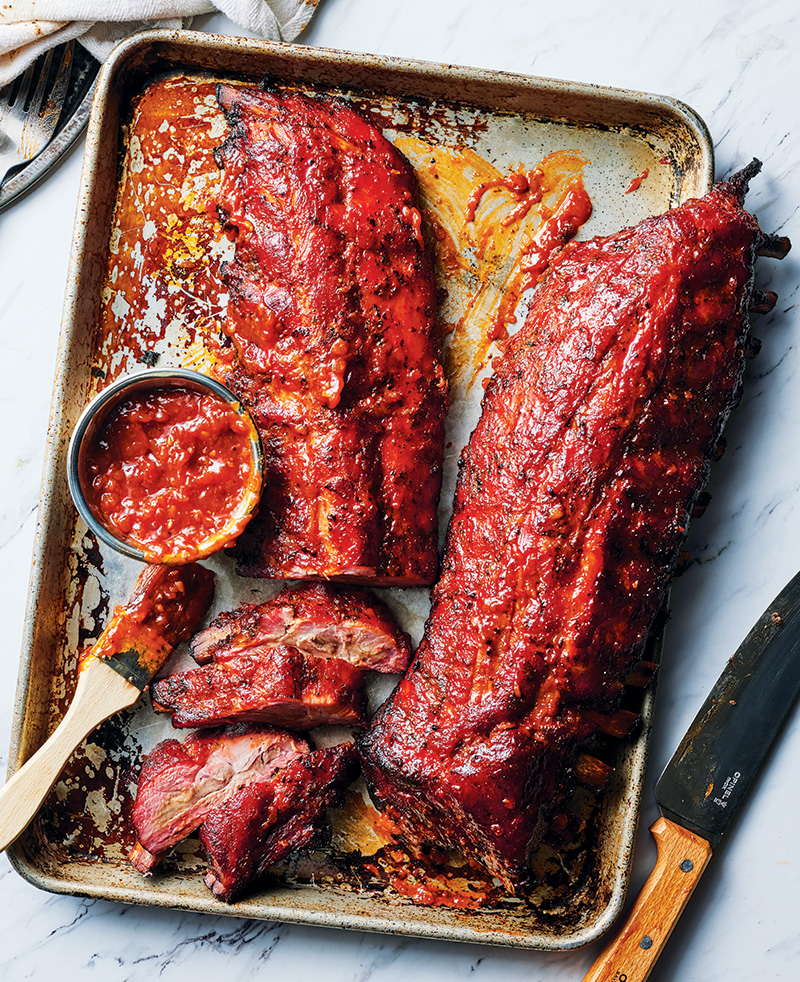
Follow along to discover how different cultures are redefining American barbecue, from picnic bench storefronts to bar and grill concepts.
International Spices
“Harissa is like ketchup in the Middle East,” says Chef Ari Bokovza. “We use it on everything.” The Tunisian staple is the hero ingredient in Bokovza's barbecue chicken at Dagon in New York, served with fresh baby romaine hearts and polenta. After an overnight brine and slow roast over hickory wood chips, the chicken is brushed with housemade harissa barbecue sauce and blasted in the stone oven for a spicy and crispy skin.
During his time living in Houston, chef Adam Stephens of The Hope Farm in Fairhope, Alabama, found inspiration in Latin and Cantonese flavors, which play a role in his prep for brisket.
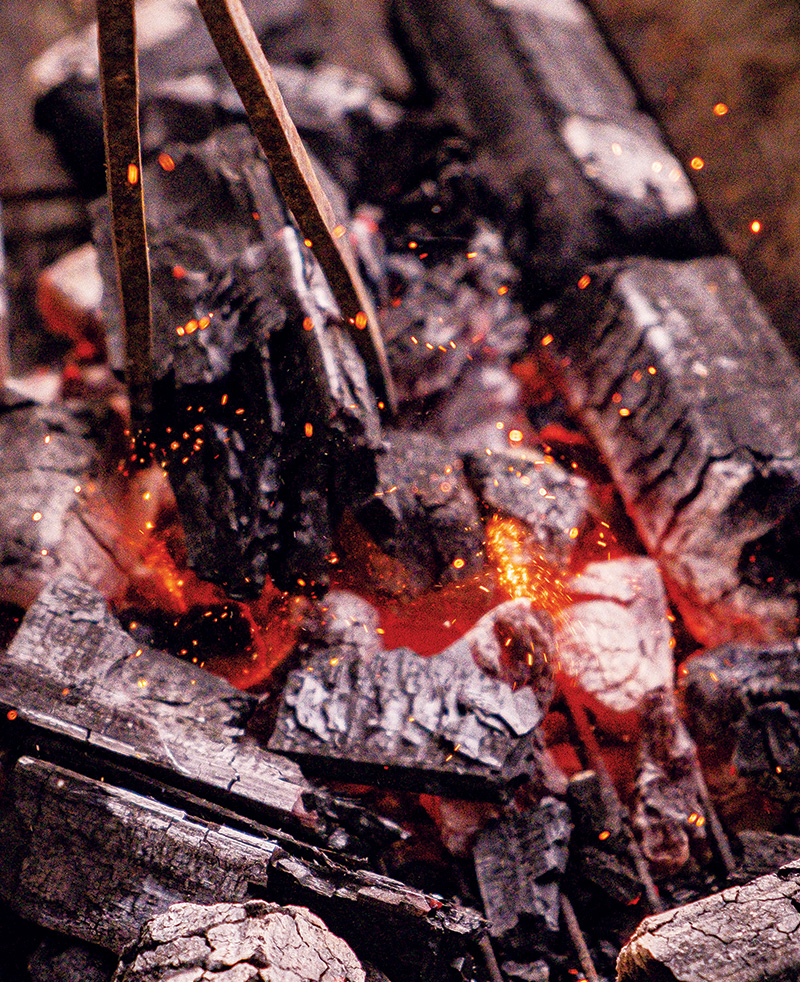
Stephens cures his brisket with a Sichuan peppercorn, brown sugar rub overnight before smoking it for 12 hours over pecan wood and serving it in corn tortillas topped with jalapeño hot sauce aioli, pickled onions and shredded cabbage. “It's Tex-Mex meets Hong Kong,” he says. “The Sichuan peppercorn adds a subtle floral note and light numbing sensation.”
Cold Smoked Sausages
Texas is home to the second-largest population of Laotian Americans in the country behind California, including Nupohn Inthanousay, one of the co-owners of Goldee' s Barbecue in Fort Worth, Texas. His heritage is expressed through a Lao sausage cured with lemongrass, lime leaves, Thai chili and garlic cold-smoked over post oak wood. “Cold-smoking helps cook the casing without cooking out any fat,” Inthanousay says.
“Usually, Lao sausage is made with just pork, but we use beef at the restaurant because we are in Texas.” Cold meat and even cold equipment make it easier to make the sausage, Inthanousay says.
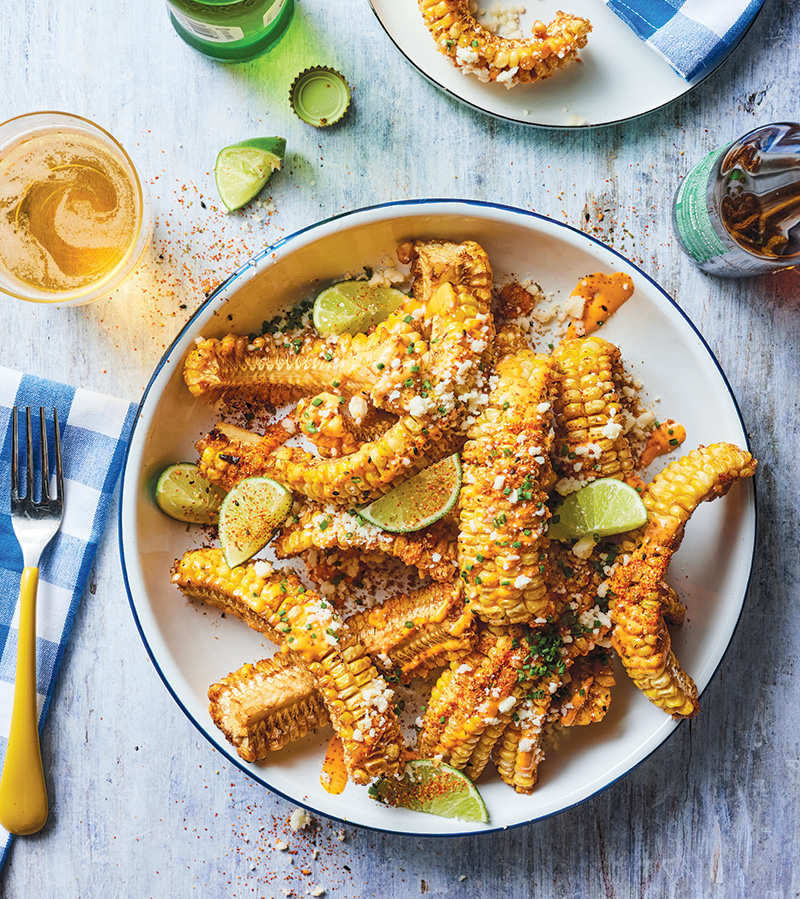
Fish in a Cage
James Beard-nominated chef Ayesha Nurdjaja relies on her charcoal grill for much of her menu at Mediterranean restaurant Shukette in New York. One of her most iconic dishes is “fish in a cage,” a whole porgy marinated in smoked paprika, ground cumin, turmeric and chili flakes to get a boldly flavored, crispy, caramelized skin that Nurdjaja serves with charred seasonal vegetables. “The cage ensures that the fish will not stick to the grill and keeps it juicy and moist,” Nurdjaja says. “Plus, it doubles as a cool serving platter.”
Indian Spices Transform Ribs
When the Portuguese colonized Goa, India, they reportedly rubbed garlic and wine into the pork slabs for their journey to prevent the meat from spoiling. Later, Indian cooks swapped the wine for vinegar and added local chili peppers. At Junoon in New York City, executive chef Akshay Bhardwaj pays homage to that history by marinating spare rib slabs with a vindaloo paste. They're smoked for 3 hours over applewood chips for a mild, fruity aroma and basted with a honey vindaloo barbecue sauce. Servers unveil the ribs with a smoky flair by removing a glass cloche at the table.
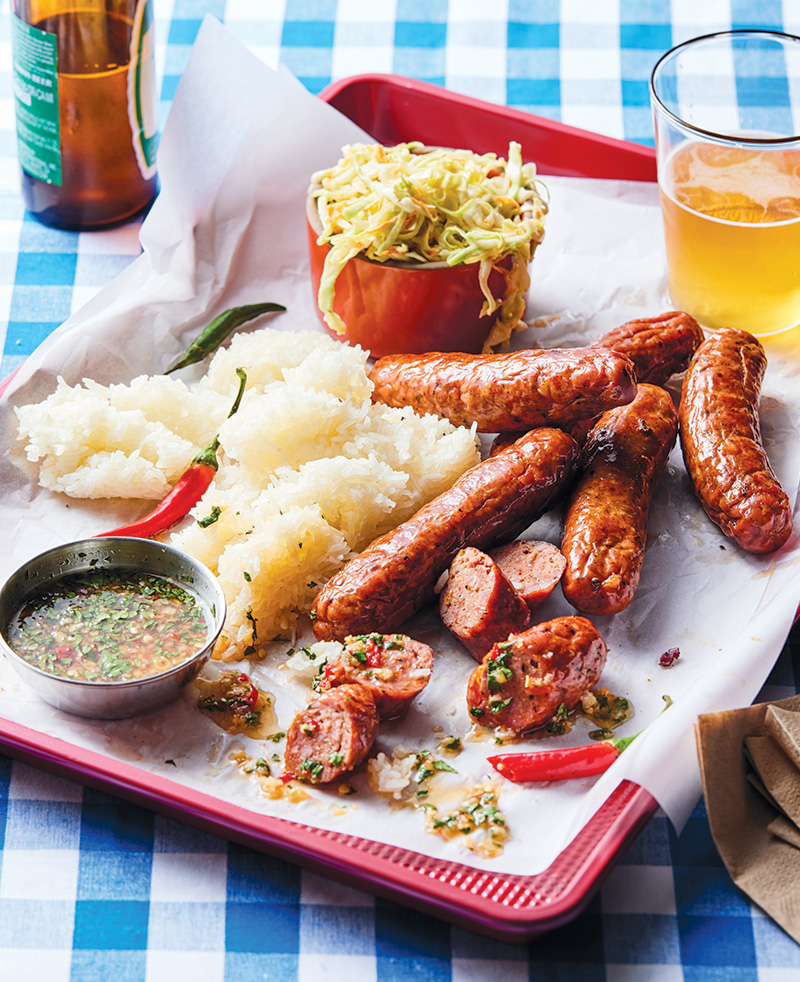
“We get a little last-second smoke flavor imparted on the ribs, plus the guest gets an interesting experience,” Bhardwaj says. “Smelling the smoking charcoal brings the tandoor oven tableside.”
Layering Flavors
International Smoke in San Francisco by Michael Mina and Ayesha Curry is known for its global fusion take on barbecue. For example, St. Louis-style ribs are grilled, then marinated overnight in lemongrass, ginger, garlic, tamari soy and fish sauce. “We grill the ribs first to get a charred flavor when smoking,” says Mina Group head of culinary Gerald Chin.
At Tropical Smokehouse in Palm Beach, Florida, chef Rick Mace combines Caribbean and Latin flavors with all-American barbecue traditions, centered around his 500-gallon custom-built smoker. His mojo pulled pork butt is one of his most popular proteins, served in a sandwich or by the half pound. Mace pierces the pork thoroughly with a sharp knife on both sides to allow the garlicky citrus marinade to better seep into the meat.
Asian and Middle Eastern Flair
Asian flavors also play a role in the tuktuk kebab at Branja in Miami, but with a Middle Eastern twist. Chef Tom Aviv uses both the holy trinity of Thai cuisine – ginger, cilantro and lemongrass – and an Egyptian doah spice mix that includes freshly roasted sesame seeds, cumin, coriander, anise and peppercorns mixed with coarsely minced beef. The kebabs are formed, skewered and basted with tamarind glaze before they hit the grill. Aviv recommends keeping kebab thickness around the half-inch mark and aiming for a dark sear on the exterior while the middle is still juicy pink.
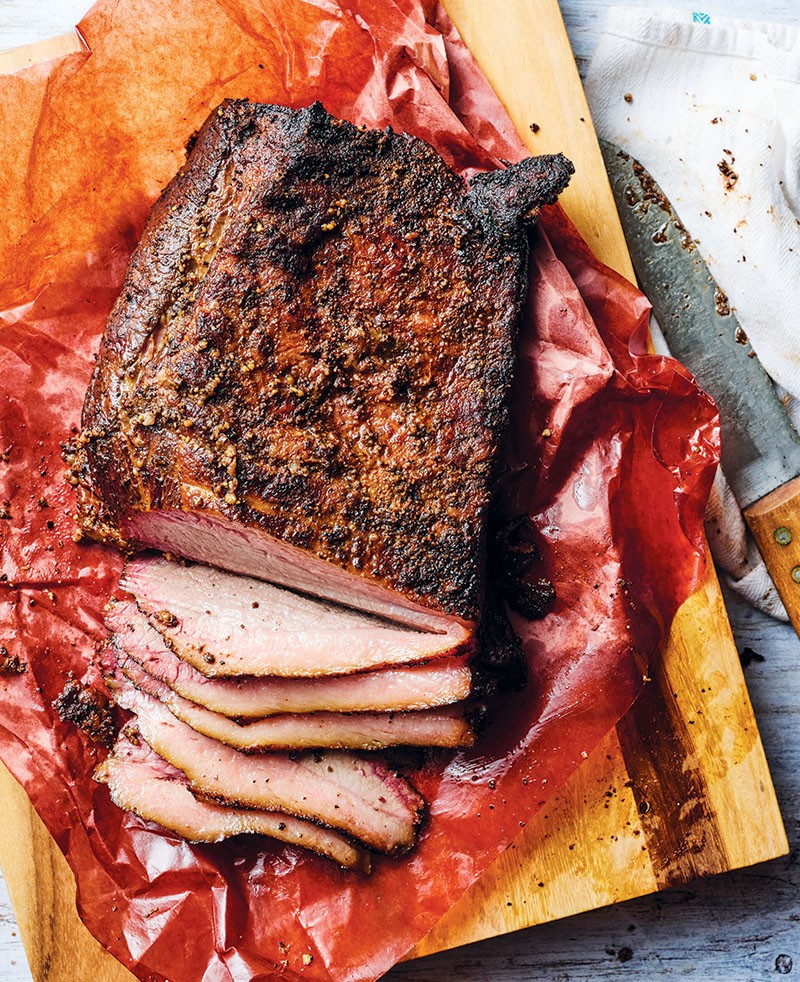
CHOOSING BBQ WOOD (GOING BEYOND HICKORY)
A Rundown on the fuel for fire
- Shannon Bingham, executive chef at Devil Moon BBQ in New Orleans, uses thin pieces of locally grown white oak and pecan wood, both native to Louisiana, for a hot, fast burn and clean smoke.
- Says Chef Jonathan Sawyer of Kindling in Cleveland: “Oak has a lot of smoke and a quick burn. It’s aggressive and for us, it’s perfect.
- At Leku in Miami, chef Carlos Garcia uses hard woods on the grill like red and white quebracho and holm oak. “Their quality, durability and high temperatures make them very useful woods for roasts,” he says.
- Akshay Bhardwaj of Junoon in New York City opts for applewood chips to impart a mild, sweet and fruity flavor profile. “We smoke for such a long time and don’t want to overwhelm the ribs."
- Pitmaster John Lewis favors mesquite at Rancho Lewis in Charleston, South Carolina, for its intense smoky flavor. “Mesquite has the hottest burning coals, which makes it perfect for quickly searing meats,” he says.


